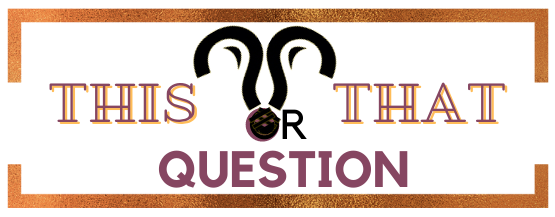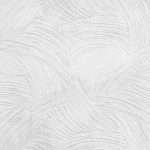Background vs. Backround
When discussing artwork, images, or visuals, it is important to know the difference between the terms “background” and “backround”. While the terms are often used interchangeably, they do in fact have different meanings and should be used in different contexts.
Background refers to the area or elements that appear behind the main object or subject in a picture or design. It is usually less detailed than the main subject, and serves mainly to set the scene or provide context. The background in a picture could be a landscape, a solid color, a gradient, or any other elements that provide context and fill in the negative space.
Backround, on the other hand, refers to the actual physical surface on which a design or image is printed. It is the literal “back” part of the design. This can include physical prints, murals, or any other physical surface on which the design is printed.
In conclusion, while the terms “background” and “backround” are often used interchangeably, they serve two distinct purposes. Background refers to the elements that appear behind the main subject in a design or image, whereas backround refers to the physical surface on which the design is printed. Knowing the difference between these two terms can help you communicate more accurately about artwork and visuals.Background vs. Backround
When discussing artwork, images, or visuals, it is important to know the difference between the terms “background” and “backround”. While the terms are often used interchangeably, they do in fact have different meanings and should be used in different contexts.
Background refers to the area or elements that appear behind the main object or subject in a picture or design. It is usually less detailed than the main subject, and serves mainly to set the scene or provide context. The background in a picture could be a landscape, a solid color, a gradient, or any other elements that provide context and fill in the negative space.
Backround, on the other hand, refers to the actual physical surface on which a design or image is printed. It is the literal “back” part of the design. This can include physical prints, murals, or any other physical surface on which the design is printed.
In conclusion, while the terms “background” and “backround” are often used interchangeably, they serve two distinct purposes. Background refers to the elements that appear behind the main subject in a design or image, whereas backround refers to the physical surface on which the design is printed. Knowing the difference between these two terms can help you communicate more accurately about artwork and visuals.Background vs. Backround
When discussing artwork, images, or visuals, it is important to know the difference between the terms “background” and “backround”. While the terms are often used interchangeably, they do in fact have different meanings and should be used in different contexts.
Background refers to the area or elements that appear behind the main object or subject in a picture or design. It is usually less detailed than the main subject, and serves mainly to set the scene or provide context. The background in a picture could be a landscape, a solid color, a gradient, or any other elements that provide context and fill in the negative space.
Backround, on the other hand, refers to the actual physical surface on which a design or image is printed. It is the literal “back” part of the design. This can include physical prints, murals, or any other physical surface on which the design is printed.
In conclusion, while the terms “background” and “backround” are often used interchangeably, they serve two distinct purposes. Background refers to the elements that appear behind the main subject in a design or image, whereas backround refers to the physical surface on which the design is printed. Knowing the difference between these two terms can help you communicate more accurately about artwork and visuals.Background vs. Backround
When discussing artwork, images, or visuals, it is important to know the difference between the terms “background” and “backround”. While the terms are often used interchangeably, they do in fact have different meanings and should be used in different contexts.
Background refers to the area or elements that appear behind the main object or subject in a picture or design. It is usually less detailed than the main subject, and serves mainly to set the scene or provide context. The background in a picture could be a landscape, a solid color, a gradient, or any other elements that provide context and fill in the negative space.
Backround, on the other hand, refers to the actual physical surface on which a design or image is printed. It is the literal “back” part of the design. This can include physical prints, murals, or any other physical surface on which the design is printed.
In conclusion, while the terms “background” and “backround” are often used interchangeably, they serve two distinct purposes. Background refers to the elements that appear behind the main subject in a design or image, whereas backround refers to the physical surface on which the design is printed. Knowing the difference between these two terms can help you communicate more accurately about artwork and visuals.


